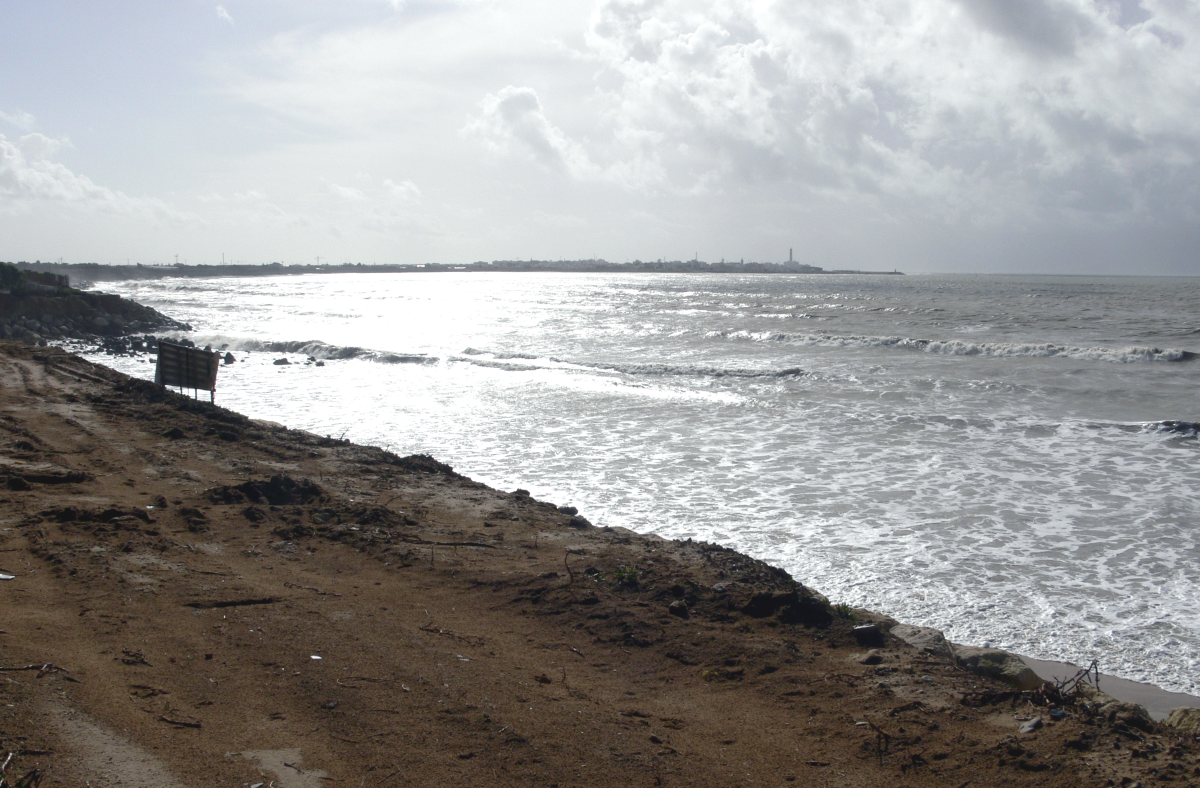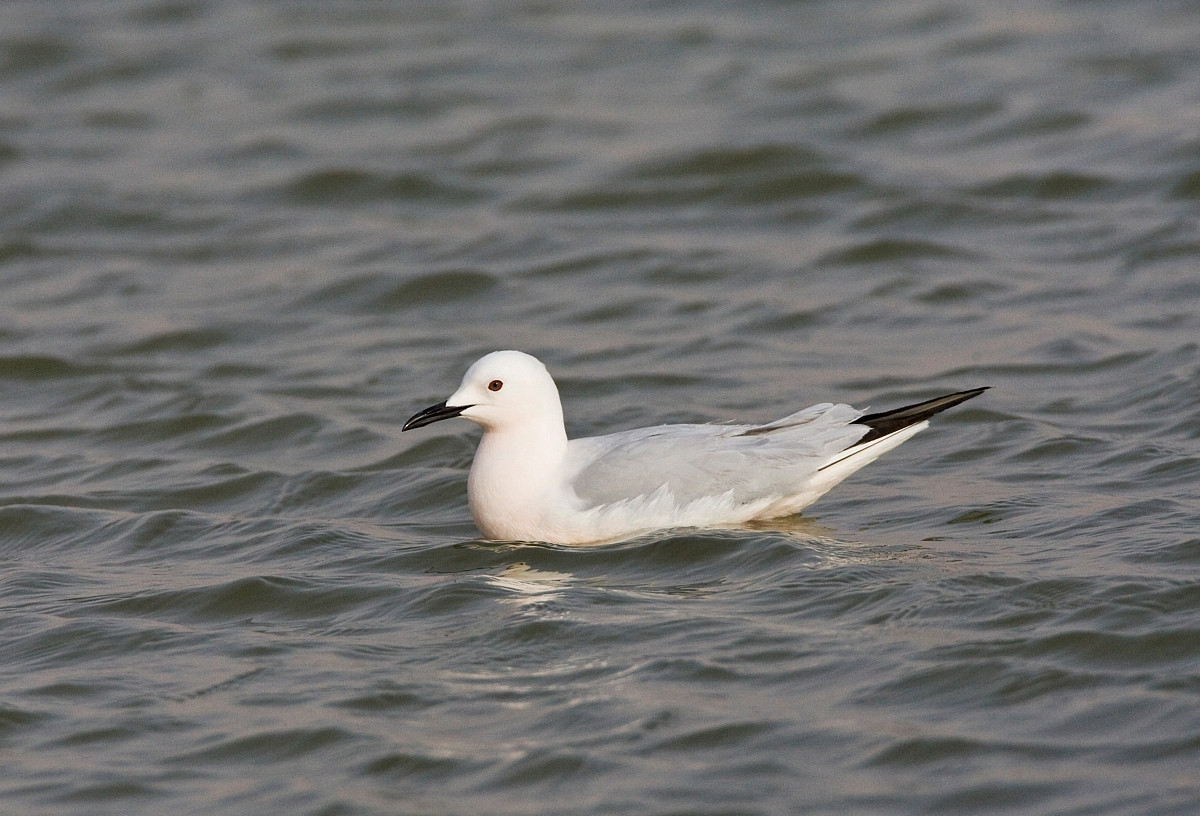Opis
When the tide is high this is a less attractive site so try to time your visit to coincide with a rising or falling tide particularly during migration. However, even at high tide you can still see a variety of terns - particularly rybitwa czubata, rybitwa białoczelna and rybitwa rzeczna, less often rybitwa wielkodzioba and rybitwa czarna plus, rarely, rybitwa bengalska - and various gulls including mewa cienkodzioba. Further out in the bay check for wydrzyk wielki and głuptak. Waders include sieweczka morska, sieweczka obrożna, piaskowiec, biegus zmienny, kamusznik, ostrygojad, krwawodziób, rycyk, kulik mniejszy, etc. At all times take great care not to disturb roosting & feeding birds. Note that the beaches can be busy at weekends and peak holiday times.
The beach at the end of Camino de la Reyerta is overlooked by an excellent chiringuito (bar/restaurant), Casa Gaspar, making this a great place to stop for refreshment as you can still watch the birds (often at close quarters on a high tide). From the bar head west towards Punta de Montijo (c1 km) to check for waders, gulls & terns (heading east towards Sanlucar risks getting cut off when the tide rises which makes for a long detour inland to return the chiringito). The walls of the corrales de pesca (ancient enclosed fish traps) are often used by birds feeding for resting. From the point you have a good view across the bay towards Chipiona.
Szczegóły
Dostęp
Camino de la Reyerta - Punta de Montijo is located between the towns of Sanlucar and Chipiona. Easily reached along the Camino de la Reyerta which is signposted off a roundabout on the Sanlucar - Chipiona road. Press P on the map for directions to a parking spot.







